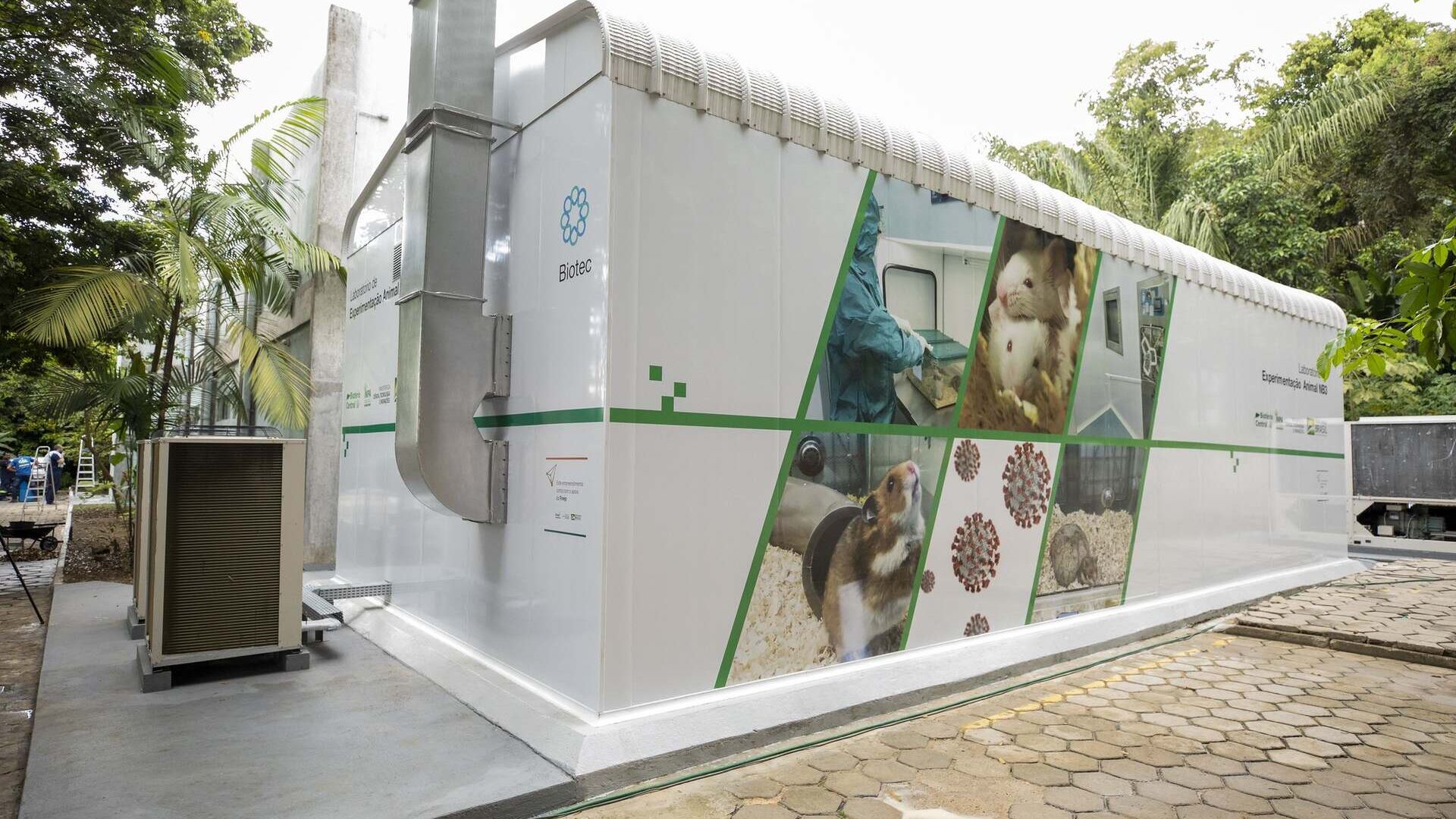Artificial intelligence and holograms: the new frontier of healthcare
Thanks to avatars and AI technologies, the Media Engineering company imagines a democratization of access to medical care

The hologram market reached a global value of $2022 billion in 44.
According to projections by Zion Market Research, a company that deals with market research and reports on future economic trends, it is expected to reach 67 billion dollars by 2030, at the rate of an average annual growth of 14,7 percent .
Among the various possible applications of three-dimensional images in the professional field, in addition to entertainment, retail and professional and educational training, there is the healthcare sector.
It is a target that Media Engineering, an Italian company specializing in holography, artificial intelligence, augmented reality and virtual reality, considers strategic in both the short and long term.
The… Fruit avatars attacking food waste
Lino Polese: "Everyone's collaboration is now needed in healthcare..."
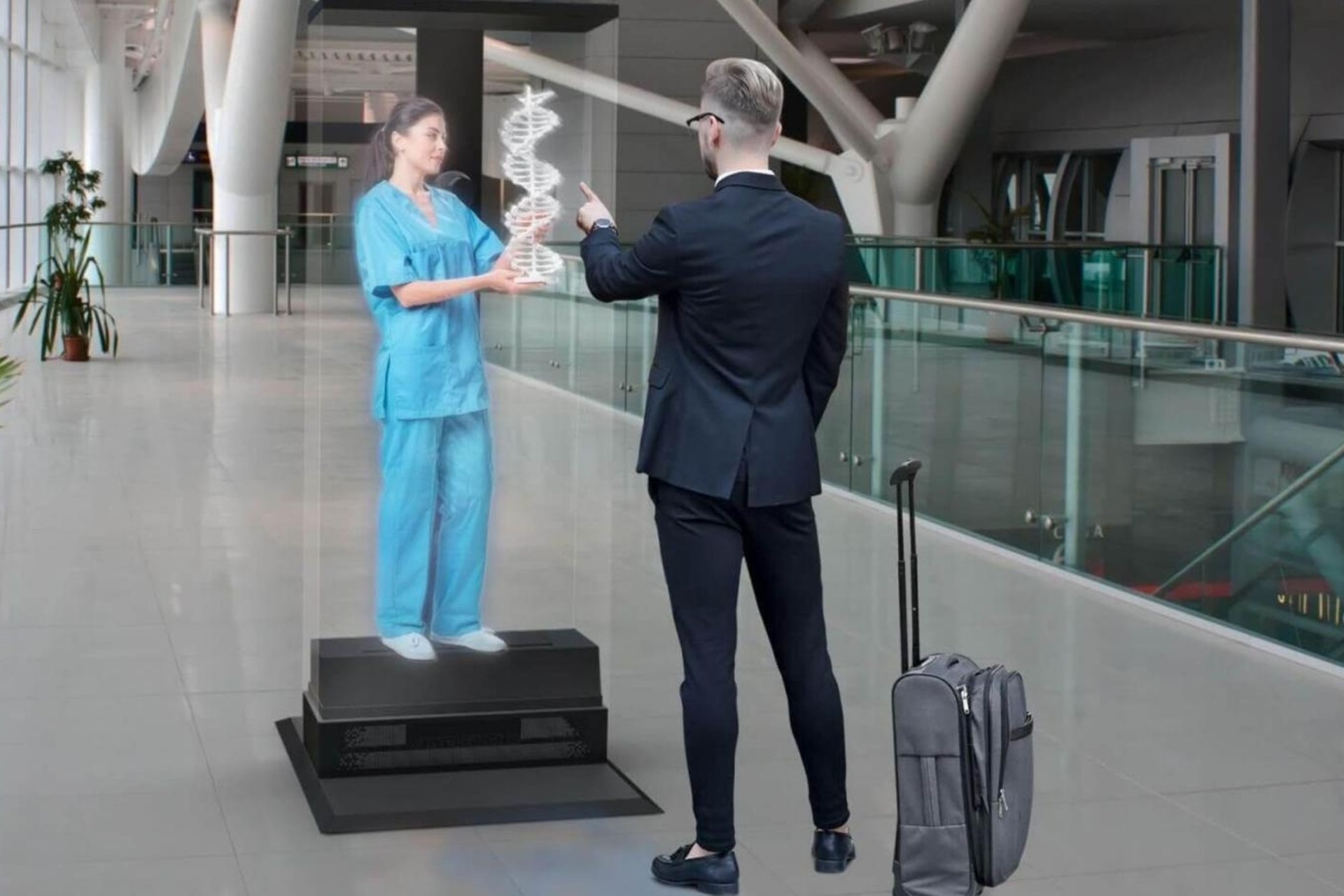
Those crucial advantages for medical and pharmaceutical education: from anatomy to experts
In fact, holograms present crucial advantages for medical training and the pharmaceutical sector.
In the context of medical training, holography revolutionizes students' approach to exploring the human body, enabling detailed visualization of anatomical parts and thus significantly improving training experiences.
Furthermore, the combination of holograms with artificial intelligence represents a step forward, introducing new advanced tools for learning.
Holographic rotors, in collaboration with ChatGPT, enable the virtual reproduction of medical professionals, precisely guiding students on their educational path and facilitating better retention of medical practices.
This synergy transforms holograms from mere visual representations to interactive and intelligent resources.
A "holotransport" integrated with Artificial Intelligence makes its debut
Innovative approaches to rejuvenate Swiss healthcare
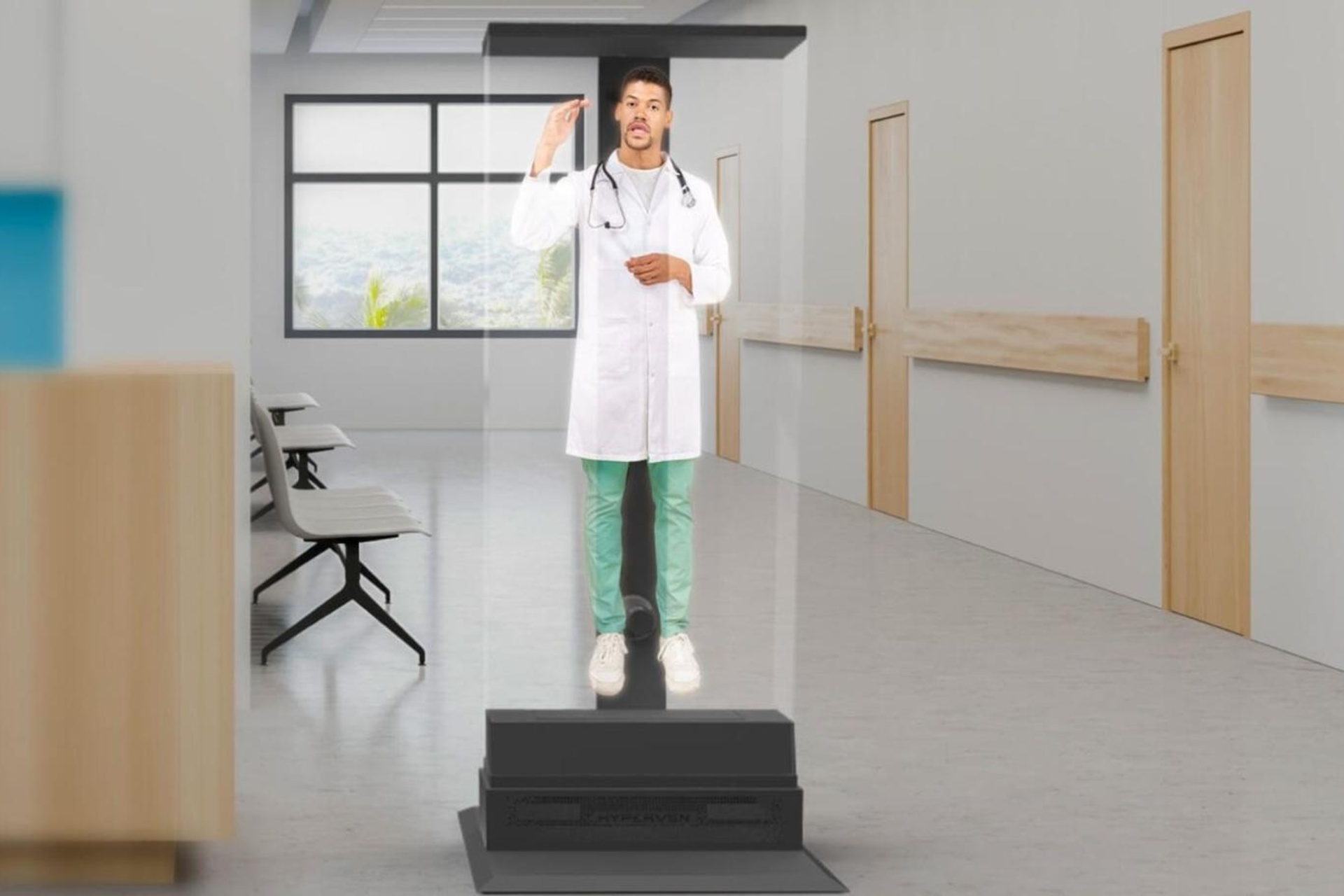
Greater precision in procedures and reduction of risks associated with practical learning
The innovative technology not only offers an immersive and realistic experience in anatomical study, but also opens the door to personalized guidance from virtual experts, ensuring targeted and accurate learning.
In recent years, this convergence of holography and artificial intelligence has revolutionized the healthcare industry, improving the accuracy of procedures and reducing the risks associated with hands-on learning.
The ability to recreate complex clinical scenarios virtually allows students to acquire fundamental skills in a safe and controlled environment, while also helping to make medical training more accessible and efficient.
Landing in Italy and a flurry of news for the Tokenance studio
It will be the "Digital Health Center Bülach" to rejuvenate healthcare
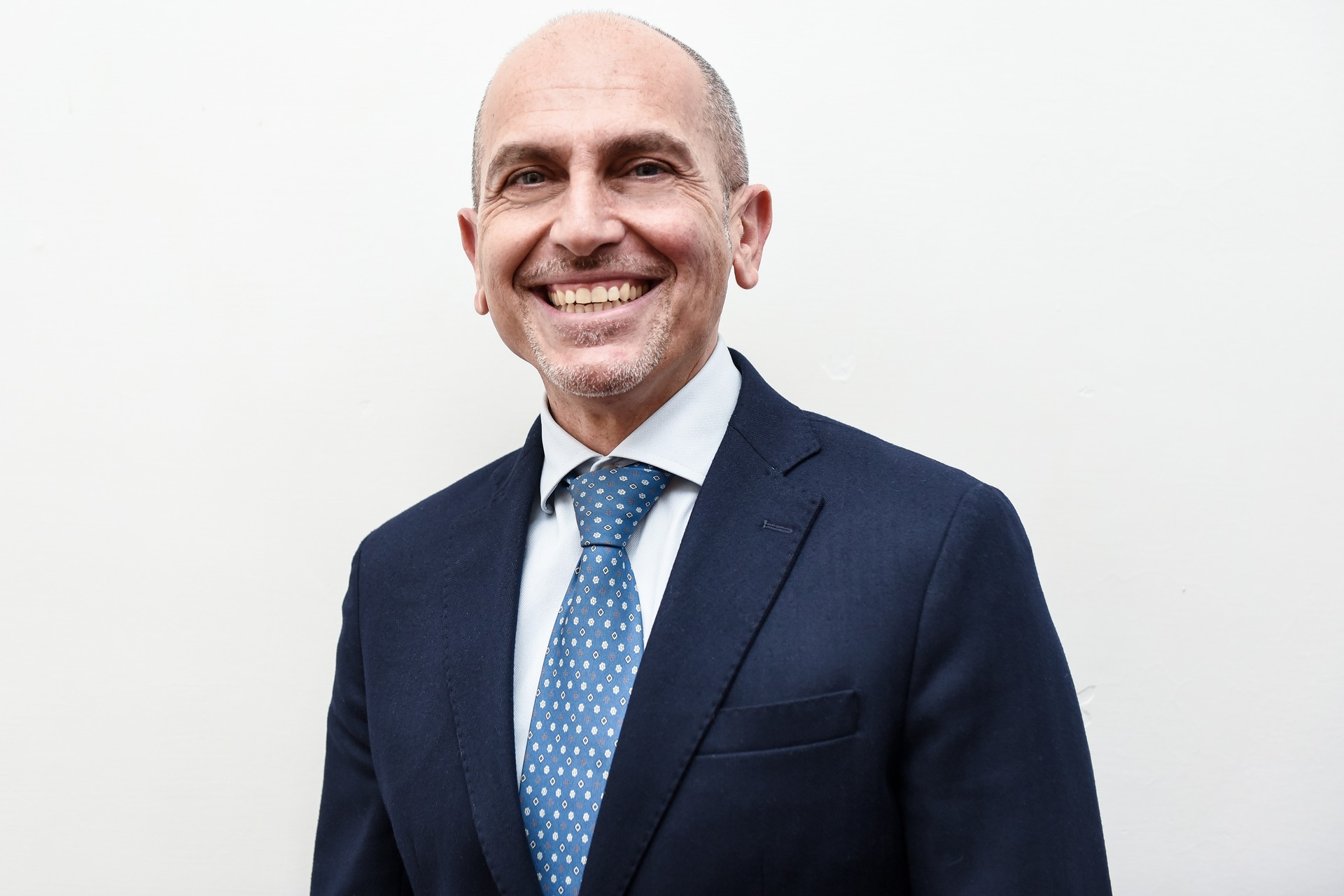
Antonio Franzese: “Complex clinical scenarios recreated virtually in a safe and controlled environment”
“In recent years, this convergence of holography and artificial intelligence has revolutionized the healthcare industry, improving the accuracy of procedures and reducing the risks associated with hands-on learning”, declares Antonio Franzese, CEO of Media Engineering.
“The ability to recreate complex clinical scenarios virtually allows students to acquire fundamental skills in a safe and controlled environment. Furthermore, the accurate replication of the human body through holograms results in significant cost savings, thus helping to make medical training more accessible and efficient."
The Seven New Professions of the Metaverse in a Randstad Survey
The use of drones in healthcare is the big asset of "Innovabiomed"

Students and professionals in an interactive and more realistic world: all thanks to VR viewers
After examining several applications of holography, it is critical to explore additional synergies that amplify its impact in medical education.
An example of advanced integration emerges when holograms combine with VR (virtual reality) viewers, one of the most advanced technologies of recent times.
This connection creates a fascinating synergy, transporting students and professionals into an interactive and realistic world, further enriching the medical education landscape.
The powerful combination of holograms and virtual reality allows three-dimensional elements to be vividly presented, giving users complete immersion in complex medical contexts.
For example, the combined use of holograms and virtual reality can teleport students or healthcare professionals directly into an operating room, allowing them to observe medical procedures up close and in detail.
This highly interactive experience not only promotes better retention of practices, but also represents a significant step forward in transforming medical education through the integration of cutting-edge technologies.
AI arrives in… religion: in Germany there is a virtual parish priest
A roadmap to promote Liechtenstein as a digital hub

“Treating people and preventing diseases will increasingly be inclusive and accessible to all”
“Another plus of the new scenarios”, adds Antonio Franzese, “it will be an increasingly inclusive and accessible healthcare, where technology will become a fundamental ally for doctors and patients. Holography, therefore, is not just a demonstration of technological advancement, but a real tool for democratizing access to medical care."
As far as the pharmaceutical sector is concerned, avatars have a significant impact on the interaction between scientific representatives and medical professionals, paving the way, in this case too, for new interaction and learning scenarios.
“With holograms and virtual reality”, concludes the CEO of Media Engineering, “the medicine of the future presents itself as an extraordinary and technologically advanced journey”.
The Metaverse of Boomers and Zoomers as a scenario for brands
A century of salt iodization and better health of the Swiss
Medical care democratized thanks to avatars and AI technologies
Holotransport technology launched by the Roman company Media Engineering
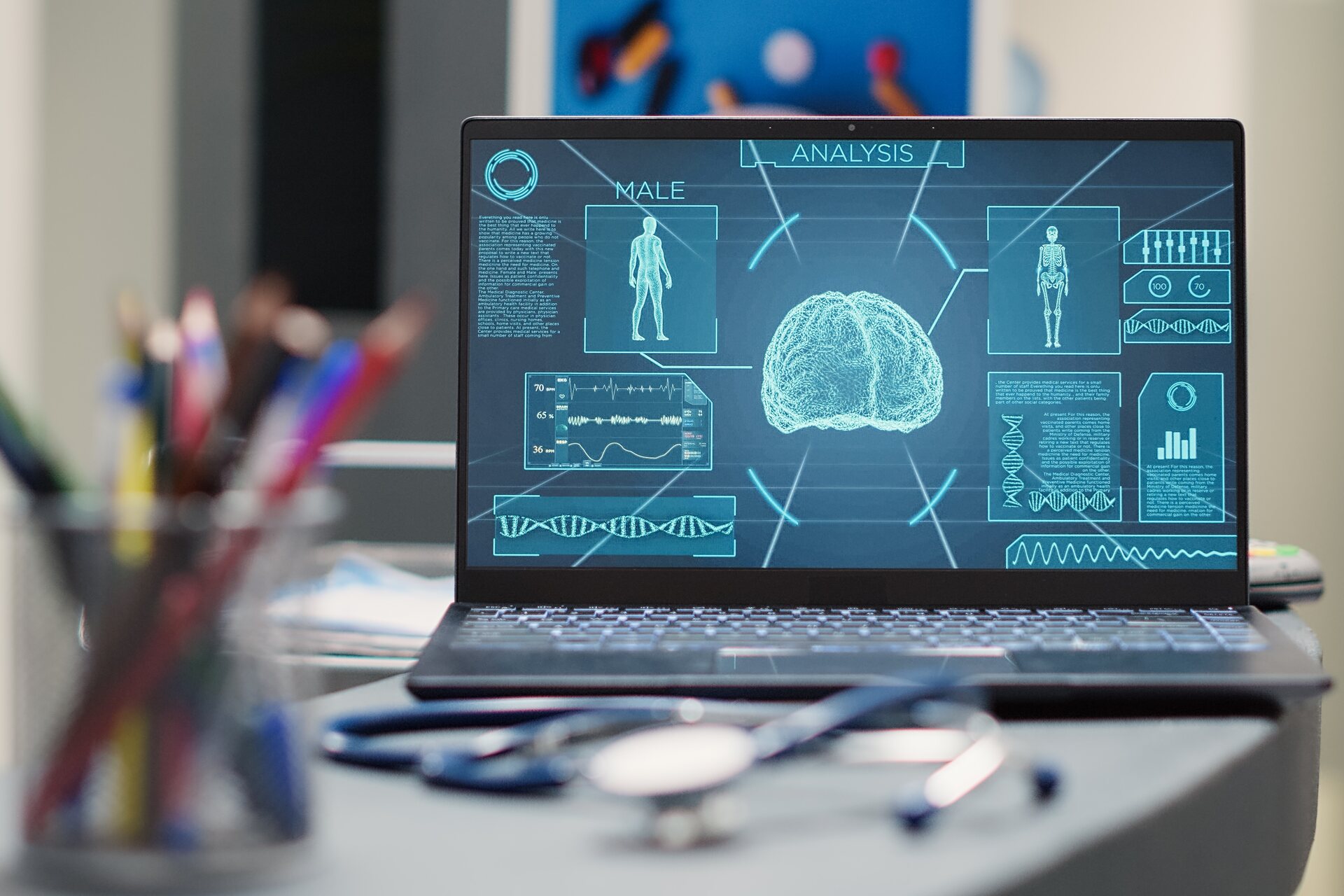
You may also be interested in:
Video, the unique ecosystem of the Lötschental alpine forest
The ideal place to study the growth of trees at different altitudes in the Canton of Valais is described in a very innovative WSL film
by Editorial staff Innovando.NewsEditorial staff of Innovando.News
Taam Ja' is the deepest “blue hole” in the world: the discovery
Marine cavity probed off Yucatan Peninsula, found four times deeper than previous record-breaking sinkhole in Belize
In Brazil the first meeting in the world between biosafety and synchrotrons
In Campinas, a NB4 level maximum biological containment laboratory will be connected to the light sources of a particle accelerator
In Alto Adige today EDIH NOI is the new point of reference for AI
4,6 million euros from the PNRR fund will be allocated to Bolzano for services to local companies in the digitalisation of intelligence…
by Editorial staff Innovando.NewsEditorial staff of Innovando.News



